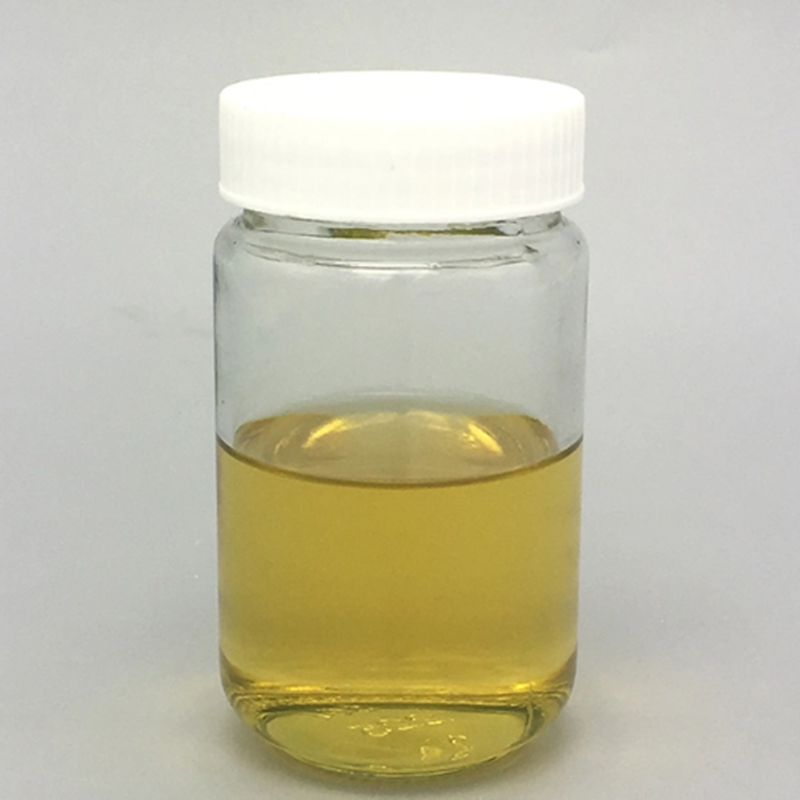
Th8 . 14, 2024 18:10 Back to list
Wholesale Supply of Chlorpyrifos and Cypermethrin for Effective Pest Control Solutions Available Now
Understanding Wholesale Chlorpyrifos and Cypermethrin Applications and Implications in Agriculture
In the realm of agriculture, pest control is a critical component for ensuring crop health and maximizing yields. Among the various chemical agents used for this purpose, chlorpyrifos and cypermethrin stand out as widely employed pesticides. This article explores these two compounds, focusing on their applications, mechanisms, and the implications of their use in agricultural practices.
Chlorpyrifos A Broad-Spectrum Insecticide
Chlorpyrifos is an organophosphate insecticide that has been extensively used since the 1960s to control a diverse array of pests, including insects that damage fruits, vegetables, and grains. It works by disrupting the normal functioning of the nervous system in insects, leading to paralysis and death. Its broad-spectrum efficacy makes it a popular choice among farmers, especially in crops such as corn, soybeans, and wheat.
However, the use of chlorpyrifos has been met with increasing scrutiny over the years. Concerns have been raised about its potential health impacts on humans, particularly children, and the long-term effects on the environment. Studies have linked chlorpyrifos exposure to developmental delays in children and various neurological conditions. As a result, many countries have moved towards banning or restricting its usage, prompting the agricultural sector to seek alternative pest management strategies.
Cypermethrin A Pyrethroid Solution
wholesale chlorpyrifos cypermethrin

In contrast to chlorpyrifos, cypermethrin is a synthetic pyrethroid, mimicking the natural pyrethrins found in chrysanthemum flowers. It is effective against a wide variety of pests, including mosquitoes, flies, and a range of agricultural insects. Cypermethrin affects the insect's nervous system by prolonging the opening of sodium channels in nerve cells, leading to paralysis and death.
One of the advantages of cypermethrin is its relatively quick degradation in the environment, which can lessen its long-term ecological impact. It is widely used in both agricultural and non-agricultural settings, such as in pest control for public health and in homes. Moreover, due to its lower toxicity levels compared to organophosphates, it has been regarded as a safer alternative. However, caution is still exercised in its application, as it can be toxic to aquatic organisms and beneficial insects if used improperly.
Balancing Efficacy and Safety in Pest Management
The ongoing dialogue surrounding the use of chlorpyrifos and cypermethrin reflects a broader trend in agriculture the need to balance efficacy with safety. As research continues to highlight the potential risks of chemical pesticides, farmers and agricultural professionals are increasingly seeking integrated pest management (IPM) strategies. IPM combines biological controls, habitat manipulation, and the judicious use of chemical controls, allowing for sustainable pest management practices that minimize risk to human health and the environment.
In conclusion, both chlorpyrifos and cypermethrin have played significant roles in agricultural pest management due to their effectiveness in controlling a range of pests. However, the implications of their use—particularly regarding health concerns and environmental impact—cannot be overlooked. As society pushes towards safer agricultural practices, the future of pest management may rely more on sustainable alternatives that protect both crops and communities. The evolution of pest control will ultimately depend on ongoing research, innovation, and a commitment to safe agricultural practices.
-
Azoxystrobin: Broad-Spectrum Fungicide Solutions
NewsAug.11,2025
-
Best EPA Boscalid: Superior Crop Fungicide for Max Yields
NewsAug.11,2025
-
Best Willowood Imidacloprid: Superior Pest Control Solutions
NewsAug.10,2025
-
Best EPA Boscalid Fungicide: Ultimate Crop Protection
NewsAug.09,2025
-
Cyprodinil Fungicide: Broad-Spectrum Crop Protection
NewsAug.08,2025
-
Tembotrione Herbicide: Advanced 8% OD for Broad Spectrum
NewsAug.07,2025
